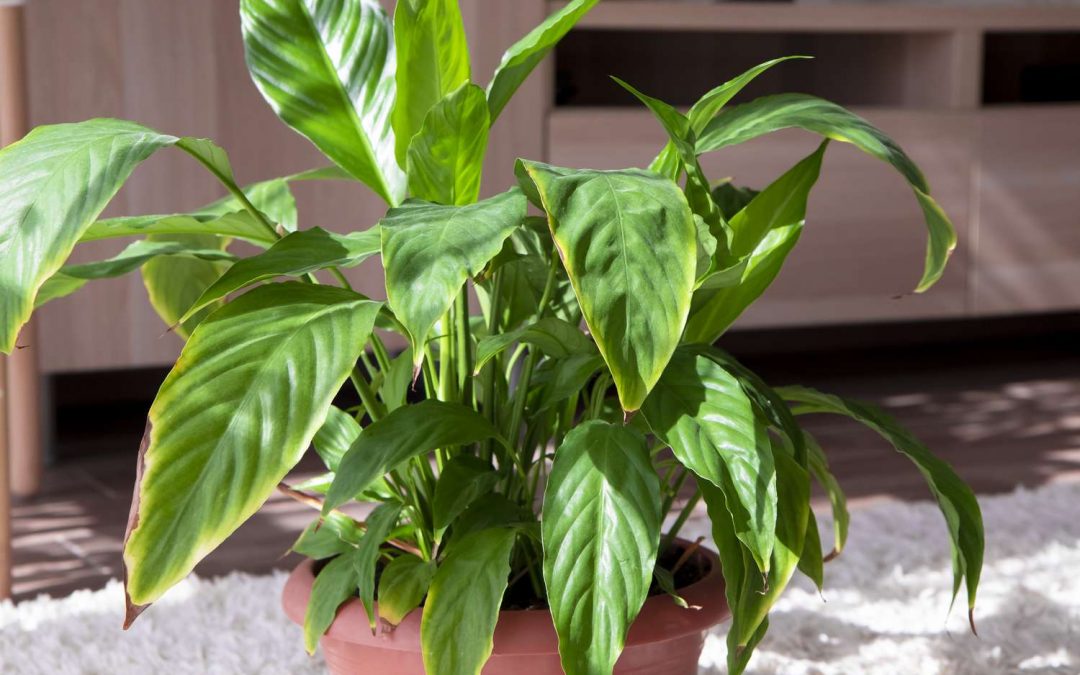Contents
- 1 How to Revive a Drooping Houseplant: Ultimate Rescue Guide
- 1.1 Why Is Your Houseplant Drooping?
- 1.2 Step 1: Check Watering Issues
- 1.3 Step 2: Evaluate Light Exposure
- 1.4 Step 3: Inspect Roots for Rot
- 1.5 Step 4: Check for Pests
- 1.6 Step 5: Adjust Temperature and Humidity
- 1.7 Step 6: Check for Nutrient Deficiencies
- 1.8 Extra Revival Tips
- 1.9 Common Mistakes to Avoid
- 1.10 Frequently Asked Questions
- 1.11 Recommended Products
- 1.12 Outbound Resource
- 1.13 Related Article You’ll Love
- 1.14 Final Thoughts
How to Revive a Drooping Houseplant: Ultimate Rescue Guide
Seeing a drooping houseplant can feel like a plant parent’s nightmare. A drooping or wilting indoor plant is usually a sign of stress, but the good news is most plants can bounce back with the right care. Learning how to revive a drooping houseplant is an essential skill that every indoor gardener should master.
Why Is Your Houseplant Drooping?
A drooping houseplant is trying to tell you something. The most common reasons include:
Overwatering or underwatering
Inadequate light
Root rot
Pests or diseases
Nutrient deficiencies
Temperature or humidity stress
Step 1: Check Watering Issues
Overwatering
Soil feels soggy or constantly wet.
Roots may smell foul and feel mushy.
Fix: Remove the plant from its pot, trim any rotten roots, and repot in fresh, well-draining soil.
Underwatering
Soil is bone-dry and pulls away from pot edges.
Leaves may feel crispy or droop dramatically.
Fix: Water thoroughly until excess drains out the bottom. Repeat as needed to rehydrate the root ball.
Step 2: Evaluate Light Exposure
Most houseplants need bright, indirect light to thrive.
Fix: Move your plant closer to a bright window or supplement with an LED grow light if needed.
Step 3: Inspect Roots for Rot
Carefully take the plant out of its pot and check the root system:
Healthy roots: Firm and white.
Rotten roots: Brown, mushy, and foul-smelling.
Fix: Trim damaged roots, rinse them gently, and repot into fresh, sterile soil.
Step 4: Check for Pests
Common indoor pests that cause drooping include spider mites, mealybugs, and aphids. Check leaves (especially undersides) and stems carefully.
Fix: Use insecticidal soap or neem oil spray. Isolate the plant during treatment.
Step 5: Adjust Temperature and Humidity
Avoid drafts, heaters, or sudden temperature fluctuations.
Most houseplants prefer 18–24°C and moderate humidity levels.
Fix: Move to a more stable environment and consider using a humidifier if air is dry.
Step 6: Check for Nutrient Deficiencies
A lack of nutrients can lead to weak, drooping growth.
Fix: Use a balanced, water-soluble fertilizer as per instructions. Avoid over-fertilizing to prevent root burn.
Extra Revival Tips
Remove dead or yellowing leaves to conserve energy.
Support large drooping stems with stakes temporarily.
Create a mini greenhouse using a clear plastic bag to increase humidity — but ensure the bag does not touch the foliage.
Mist lightly if needed, but avoid over-misting to prevent fungal issues.
Common Mistakes to Avoid
Drastic changes: Gradually adjust light, temperature, or watering rather than making sudden shifts.
Over-fertilizing: Too much fertilizer can stress already weakened plants.
Ignoring drainage: Always ensure pots have proper drainage holes.
Frequently Asked Questions
How fast can a drooping houseplant recover? Recovery can range from a few days to several weeks, depending on the severity of the problem and the plant type.
Should I prune drooping leaves immediately? Only prune leaves that are completely dead or yellow to help the plant focus on recovery.
Is it normal for a plant to droop after repotting? Yes, temporary drooping is common after repotting as the plant adjusts to its new environment.
Recommended Products
Outbound Resource
Learn more in this Wikipedia article on houseplants.
Related Article You’ll Love
For additional care tips, be sure to read our Beginner’s Guide to Indoor Plant Care. It covers everything from watering routines to light requirements and can help prevent future drooping issues.
Final Thoughts
Reviving a drooping houseplant is all about careful observation and patient care. By identifying the cause and taking targeted steps, most indoor plants can make a full recovery and return to lush, vibrant growth.
Start your rescue mission today and watch your once-droopy plant stand tall and thrive again!

